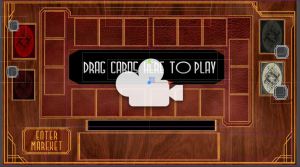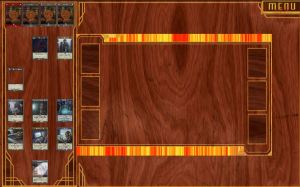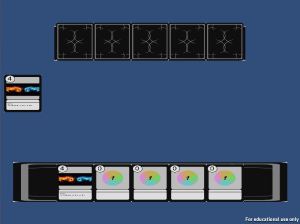This has been a long and hectic week as we have had to finish a beta build and work on the feedback we had gotten from that beta testing session. There has been a lot to fix as this was the first time other people got to test the game and we noticed a lot of bugs we hadn’t noticed before. Besides a lot of bug fixing, I have also started working on a rulebook for the table top version, added two new cards and some needed features such as checking my and the opponents discard piles.
The most important feedback we got from the beta testing session was that it was hard for new players to know what was going on due to the fact that a lot of actions happened automatically in the background. There was almost no visual feedback of was what happening. There were also some game breaking bugs that are important to fix.
Checking the opponents discard piles was a problem I had trouble fixing at first as I needed to send a list of gameobjects to the other player. But instead I fixed it by sending different RPCs, depending on what was in my pile, and let a script which handles all the network code, add gameobjects to its own separate list, which it then could copy to the other player.



